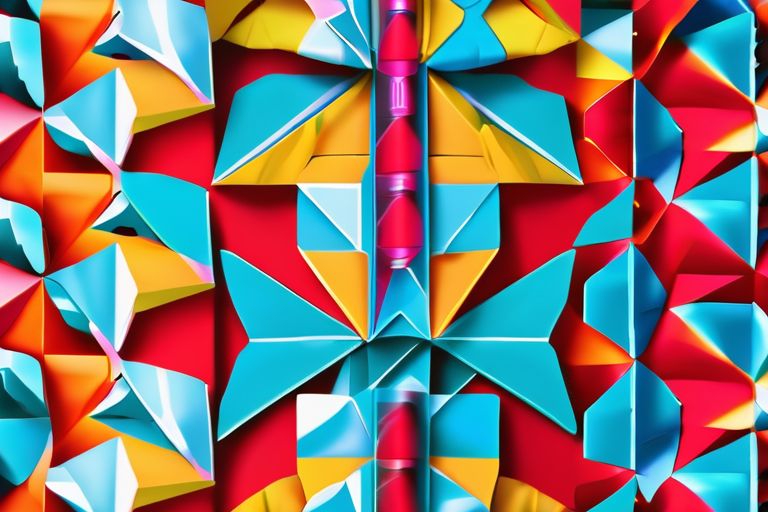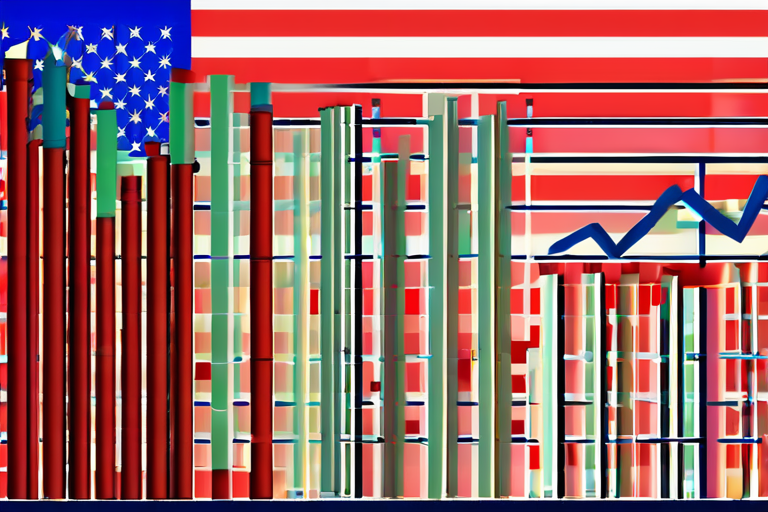The Infinite Fold: Unraveling the Mysteries of Tessellations and the Art of Origami
In a small workshop nestled in the heart of Cambridge, Massachusetts, Madonna Yoder sits hunched over a sheet of paper, her fingers moving with precision as she folds, creases, and shapes the delicate material into an intricate pattern. The air is thick with concentration, the only sound the soft rustle of paper and the occasional whispered "oh" of delight. This is no ordinary craft session; Yoder is on a mission to push the boundaries of origami, delving deep into the realm of tessellations – mathematically precise patterns that repeat infinitely.
As we watch, mesmerized, Yoder's hands dance across the paper, folding and refolding with an almost meditative pace. The result is breathtaking: a kaleidoscope of hexagons, triangles, and rhombuses, each one perfectly aligned and interlocking with its neighbors to create a seamless whole. It's as if we're gazing into a tiny, intricately crafted universe.
Yoder's journey into the world of tessellations began at the tender age of 17, when she stumbled upon an origami classic – the traditional crane – while attending summer camp. But it wasn't until she arrived at MIT that her true passion for the art form took flight. "I was hooked," she recalls with a smile. "There's something about the combination of math and art that just clicked."
As we delve deeper into Yoder's world, it becomes clear that her fascination with tessellations is not merely a hobby or a passing interest. It's an all-consuming passion that has driven her to become one of the leading experts in the field. Her work has been exhibited worldwide, from Tokyo to New York, and she's collaborated with mathematicians, artists, and even architects.
But what exactly are tessellations? In essence, they're patterns made up of repeating shapes that fit together without overlapping or leaving gaps. Sounds simple enough, but the beauty lies in their infinite complexity – each pattern can be scaled up or down, rotated, or reflected to create an endless array of designs. "It's like a never-ending puzzle," Yoder explains. "You start with a single shape and then fold it into itself, creating new patterns and shapes that emerge from the original."
Yoder's work has far-reaching implications for various fields. In architecture, tessellations can be used to create complex structures with minimal materials, while in mathematics, they offer insights into geometric patterns and symmetries. Even in art, tessellations have inspired a new generation of creatives to explore the intersection of math and aesthetics.
As we chat with Yoder, it becomes clear that her journey is not just about creating beautiful objects; it's also about exploring the human experience. "Origami has taught me so much about patience, focus, and the importance of slowing down," she reflects. "It's a meditative process that allows me to quiet my mind and tap into something deeper."
As we leave Yoder's workshop, we're left with more questions than answers. What lies at the heart of this intricate world of tessellations? Can we truly grasp the infinite complexity of these patterns? And what secrets do they hold for us, waiting to be unraveled?
One thing is certain: Madonna Yoder's work has opened doors to a new era of exploration and discovery. As we gaze into the intricate patterns she creates, we're reminded that even in the most complex of worlds, beauty lies just beneath the surface – waiting to be folded, creased, and revealed.
Technical Notes
Tessellations are mathematically precise patterns made up of repeating shapes that fit together without overlapping or leaving gaps.
Origami is the traditional Japanese art of paper folding, which has evolved into a global phenomenon with various styles and techniques.
Yoder's work combines elements of origami, mathematics, and art to create intricate tessellations that repeat infinitely.
Implications for Society
Tessellations have far-reaching implications for architecture, mathematics, and art, offering insights into geometric patterns and symmetries.
Origami has been used as a tool for teaching math concepts, promoting spatial reasoning, and developing fine motor skills in children.
Yoder's work highlights the importance of slowing down and embracing meditative practices to tap into our creative potential.
Latest Developments
Researchers are exploring new applications of tessellations in materials science, using them to create complex structures with unique properties.
Artists are pushing the boundaries of origami, incorporating digital tools and techniques to create interactive installations and performances.
Mathematicians continue to unravel the secrets of tessellations, discovering new patterns and symmetries that shed light on the fundamental nature of space and time.
*Based on reporting by Technologyreview.*









